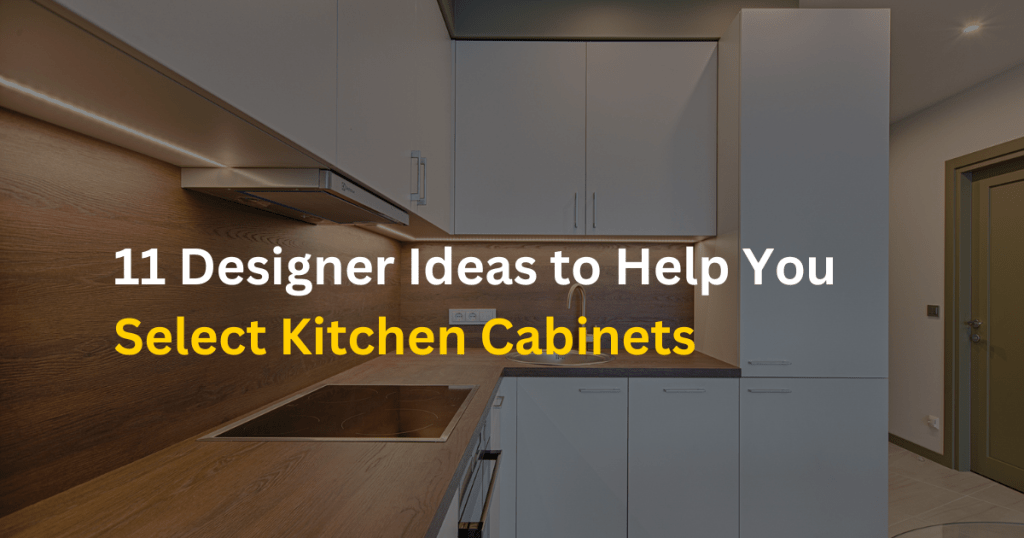Whether you’re constructing a new residence or revamping an existing one, the selection of kitchen cabinets plays a pivotal role in defining your home’s style.
Navigating the myriad options for kitchen cabinets, including color, style, and hardware, can be a daunting task. To offer insights into making choices that stand the test of time, we sought advice from professional designers who shared their best tips for selecting kitchen cabinets you’ll cherish for years, along with common pitfalls to avoid.
1. Evaluate Your Space
Before settling on a style, it’s crucial to have a realistic assessment of your kitchen’s size and the needs of your household. Consider factors such as family size and future cooking plans to determine the optimal cabinet space. Creativity in utilizing areas for storage, such as corner cabinets, pull-outs, or a kitchen island, can maximize storage potential, as suggested by Leni Calas, founder of Ward 5 Design.
2. Plan for All Needs
Account for both daily essentials and occasional-use items when planning cabinet space. Ensure that specialty pans or dishes aren’t relegated to spare closets, incorporating them into your kitchen’s overall design for accessibility.
3. Prioritize Timeless Design
Opt for timeless cabinet styles that gracefully age. Brooke Spreckman, founder and principal designer of Design Hutch, recommends a shaker-style cabinet with a thinner border for a clean and enduring look. Simplicity in cabinet design not only enhances aesthetics but also minimizes maintenance concerns over time.
4. Select the Right Finish
After deciding on a style, choosing a suitable finish is paramount. Coordinate the cabinet finish with the overall kitchen design to avoid overpowering the room. Classic options like stained wood, chosen carefully to complement counters, appliances, and hardware, can create a cohesive look.
5. Prioritize Functionality
Consider your cooking habits and preferences for storing dishes and cookware daily. Opt for wider cabinet units for both upper and lower cabinets, enhancing efficiency and enabling better organization, as advised by Brooke Spreckman.
6. Complete the Look with Hardware
Elevate your cabinet style with carefully chosen hardware, such as drawer pulls and door knobs. Tama Bell, founder of Tama Bell Design, emphasizes that hardware functions as the jewelry of cabinets, contributing to both style and functionality.
7 Take Your Time
Given that cabinets represent a significant investment in both money and time, thorough research is essential. Explore design and manufacturer sites, save styles and colors that resonate with you, and seek expert opinions from designers to push boundaries and explore innovative design solutions.
8. Invest Wisely
While everyone appreciates a good deal, cutting costs on cabinets may not pay off in the long run. Leni Calas advises against choosing solely between mass-produced cabinets and custom-built units, emphasizing the importance of quality for enduring functionality.
9. Consider Ongoing Maintenance
Factor in the impact of color and style on maintenance requirements. Brooke Spreckman suggests avoiding leaving spaces between cabinets and the ceiling to prevent dust accumulation. Additionally, think about the ease of cleaning based on your chosen cabinet color and style.
10. Inspect the Interior
Beyond ample cabinet space, focus on ensuring an organized interior. Arrange kitchenware for easy accessibility, consider installing racks and bins, and customize storage systems inside cabinets for enhanced usability.
11. Illuminate Your Space
Darker-finished cabinets may cast shadows, affecting visibility. In addition to overhead lighting, consider installing under cabinet lighting strips to illuminate workspaces, ensuring a well-lit and functional kitchen.
Embarking on a cabinet project with a well-thought-out plan and a comprehensive understanding of your kitchen’s needs ensures success and satisfaction for years to come.
